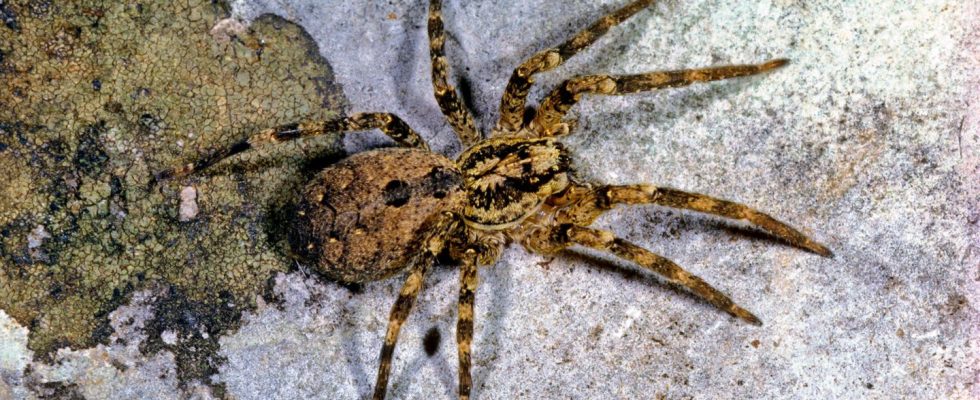The unpleasant raccoon shared apartment in the attic or the slime trail of the Spanish slug in the devastated lettuce bed: both phenomena have one thing in common. In both cases, the “culprits” are so-called invasive species. These are animals that do not occur naturally in Germany, but find excellent living conditions here – and often disrupt the local ecosystems.
Some of these “introduced” animals displace native species – for example because they compete with them for food or living space and are more successful in doing so. Or quite simply: because they eat local animals. Others fit easily into the new ecosystem.
Invasive species can become a problem for native ecosystems
Some species – such as insects – can be poisonous or threaten crops and therefore represent a huge problem. There are programs around the world that regulate how to deal with invasive species, for example at the level of the European Union and also within Germany.
Animal species migrating from their traditional areas is not a new phenomenon. It is probably as old as evolution itself; animals spread beyond their traditional home areas as early as the Stone Age.
With the beginning of the early modern period and after Christopher Columbus first sailed to the Americas in 1492, the spread of invasive species accelerated around the world. People took animals with them on a large scale on their migrations – whether consciously as pets and farm animals or unconsciously as “stowaways” on ships or car tires.
In Germany and Europe there are probably tens of thousands of animals that could be described as invasive species. Our photo series is a small selection and shows a few of the most striking examples.
Sources: MDR, Nabu, List of invasive species at Nabu, Bavarian radio, Federal Agency for Nature Conservation, German Animal Welfare Association, Avi Fauna – Birds in Germany, Deutschlandfunk Nova“Agriculture today“, NDR, Federal Ministry for the Environment and Nature Conservation, Geo.de“BZ“, Federal Environment Agency“Southgerman newspaper“, Peta.de “Hunter magazine“, “Welt.de“, Nabu to the Nosferatu spider

